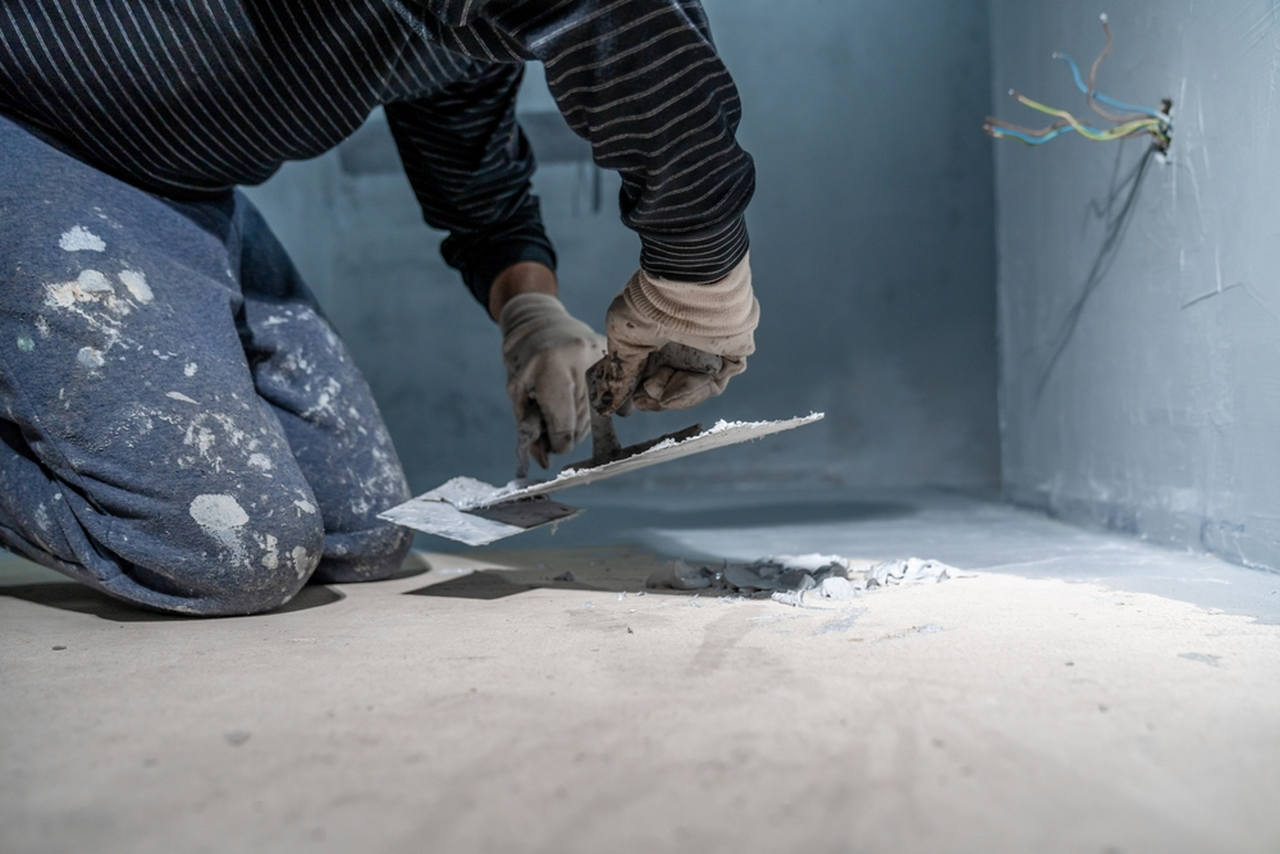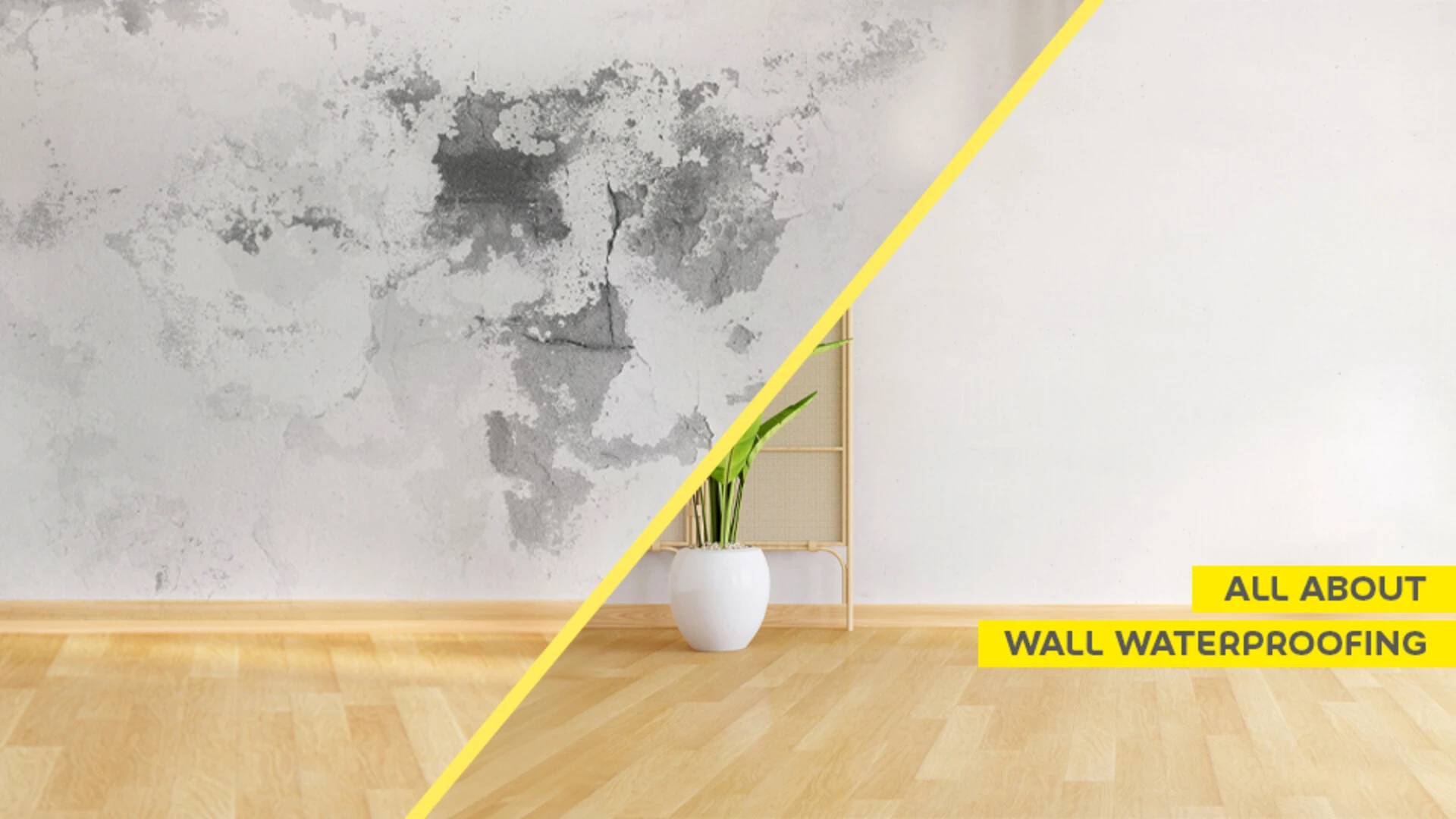Yard drainage Omaha: Local Success Stories from Omaha Homes
How Waterproofing Functions: A Thorough Look at Techniques and Technologies
Waterproofing is important for securing frameworks from moisture-related damages. It involves different strategies and modern technologies that develop barriers versus water breach. Conventional techniques, such as compacted clay, exist together with contemporary technologies like liquid-applied membrane layers. Understanding the nuances of these approaches is vital for reliable application. Nonetheless, the performance of any kind of waterproofing service pivots not only on the strategies made use of however likewise on recurring upkeep and inspection. What are the essential elements that affect long-lasting performance?
Understanding the Basics of Waterproofing
Waterproofing is a necessary process that shields frameworks from water intrusion, which can cause considerable damage with time. This technique includes the application of various materials and strategies developed to create an obstacle against wetness. The key objective is to stop water from passing through surface areas, which can trigger deterioration, mold and mildew growth, and structural instability.Various variables affect the selection of waterproofing approach, consisting of the sort of framework, its area, and environmental conditions. Comprehending the physics of water motion and the homes of various materials is important in selecting a reliable waterproofing solution.Effective waterproofing not just safeguards buildings but additionally enhances their longevity and honesty. Commonly, it is integrated into the design stage of building and construction to assure thorough protection. As understanding of water-related issues grows, the value of recognizing waterproofing basics comes to be significantly clear to architects, contractors, and homeowner alike.
Traditional Waterproofing Techniques
Conventional waterproofing approaches have been made use of for centuries, depending on tried and true strategies and products to guard frameworks from water damages. Among the oldest approaches includes using clay, which, when compressed, creates a natural obstacle against moisture. Additionally, bitumen, a sticky, black product originated from petroleum, has actually been utilized for its waterproof residential or commercial properties, commonly applied to roofings and foundations.Another technique entails the application of lime-based plasters, which provide a breathable layer that allows wetness to escape while stopping water ingress. Thatch roofing, a conventional approach still seen in some societies, uses superb waterproofing due to its firmly packed straw layers.Moreover, using rock and block has been famous, as these materials are inherently immune to water when appropriately installed. Overall, typical waterproofing approaches stress the significance of selecting suitable products and building techniques to enhance toughness versus water intrusion.
Modern Waterproofing Technologies
Innovations in modern-day waterproofing modern technologies have changed the method structures are safeguarded from water damages. Ingenious approaches such as liquid-applied membranes and innovative sealants have improved the performance and adaptability of waterproofing services. These modern technologies permit for seamless application, reducing the risk of leakages and making certain detailed insurance coverage over intricate surfaces.Moreover, the integration of smart innovations, such as wetness sensors and automated surveillance systems, makes it possible for real-time analysis of waterproofing efficiency. This aggressive technique promotes prompt upkeep and lowers lasting repair costs.Additionally, innovations in spray-applied coatings offer fast application and superb adhesion, adapting to various substratums while offering durable security. Methods like polymer-modified systems better enhance versatility and sturdiness, making them appropriate for varied settings. Overall, contemporary waterproofing technologies not only minimize water invasion yet additionally add to the long life and sustainability of structures, noting a substantial shift in the sector.
Materials Used in Waterproofing
The performance of waterproofing options heavily relies upon the products made use of in their application. Numerous materials are utilized to create obstacles versus water ingress, each with special homes matched for different atmospheres. Commonly used products include membrane layers, finishings, and sealants.Liquid-applied membrane layers, commonly made from polyurethane or acrylic, create a smooth barrier that adjusts to intricate surfaces. Sheet membranes, normally built from rubber or thermoplastic, offer sturdiness and are ideal for larger areas. Furthermore, cementitious waterproofing products, made up of cementitious substances, offer outstanding attachment and flexibility.Sealants made from silicone or polyurethane are important for joints and joints, guaranteeing thorough defense. In addition, innovative products, such as geo-composite membranes, integrate numerous features, boosting performance. In general, the option of waterproofing materials is vital in achieving resilient and efficient water resistance, tailored to specific project needs and environmental problems.
Common Applications of Waterproofing
Waterproofing plays a vital role in various fields, guaranteeing the longevity and integrity of frameworks. Typical applications consist of household services that protect homes, business framework that safeguards businesses, and commercial settings that call for robust protection versus moisture. you can look here Understanding these applications highlights the value of waterproofing in maintaining both safety and security and functionality across different settings.
Residential Waterproofing Solutions
Many homeowners deal with difficulties with moisture intrusion, making reliable household waterproofing solutions important. Different approaches exist to resolve this issue, consisting of interior and outside waterproofing systems. Inside options often include the application of sealers and finishes to basement wall surfaces, which help protect against water infiltration. Outside techniques normally include the installation of water drainage systems and waterproof membranes that divert water far from the foundation.Additionally, house owners might take into consideration sump pumps to remove water accumulation and dehumidifiers to control moisture degrees. Proper grading and making use of gutters also play an essential function in managing water flow around the home. By applying these techniques, property owners can greatly reduce the threat of water damages and mold growth, making certain a completely dry and safe living environment.

Commercial Facilities Security
Efficient waterproofing remedies play an essential function in the defense of industrial framework. Sump pump discharge drainage Omaha. These methods are vital for guarding structures, auto parking structures, and bridges from water damages, which can endanger architectural honesty and lead to expensive repair services. Typical applications consist of the setup of membrane layers, coverings, and sealants that develop barriers against dampness infiltration. Areas such as cellars, roof coverings, and exterior walls are often prioritized to ensure long life and sturdiness. In addition, waterproofing systems can enhance power effectiveness by avoiding anchor water-related concerns that may bring about mold and mildew development and damage. By implementing robust waterproofing measures, homeowner can shield their financial investments and maintain operational performance, ultimately contributing to the general sustainability of commercial centers
Industrial Applications Introduction
While different fields encounter special obstacles, the requirement for trusted waterproofing services continues to be a constant in commercial applications. Industries such as manufacturing, building and construction, and energy typically encounter atmospheres where moisture exposure can endanger structural honesty and operational effectiveness. In making centers, waterproofing is important for shielding machinery and products from water damages. In construction, it safeguards foundations and cellars versus groundwater seepage. The energy field depends on waterproofing for the defense of devices in hydroelectric plants and offshore structures. Additionally, food processing industries use waterproofing to guarantee hygiene and conformity with safety and security requirements. Generally, reliable waterproofing services are essential for enhancing durability, safety and security, and performance throughout different commercial setups.
Maintenance and Durability of Waterproofing Solutions
Waterproofing remedies are developed to offer long-lasting security against dampness invasion, normal maintenance is vital to ensure their effectiveness and longevity. Routine inspections play a substantial role in recognizing potential concerns such as cracks, peeling, or signs of water damage. Attending to these issues immediately can protect against more wear and tear and pricey repairs.Additionally, cleaning the surface of waterproof locations assists eliminate dirt and particles that can compromise the honesty of the waterproofing obstacle. It's likewise suggested to reapply protective finishes or sealants as suggested by suppliers to keep optimal performance. Environmental elements, such as UV direct exposure and severe climate condition, can impact the life expectancy of waterproofing products, making regular assessment essential
Frequently Asked Questions
Can Waterproofing Be Applied in Winter?
The concern of applying waterproofing in winter increases issues concerning bond and curing. Many items might not do at their finest in low temperature levels, requiring careful selection and factor to consider of particular guidelines for effective application.
Just How Lengthy Does Waterproofing Commonly Last?
The period of waterproofing effectiveness varies based upon materials and environmental hot applied waterproofing aspects. Generally, it can last from five to ten years, but regular maintenance and assessments are important to assure peak efficiency and long life.
Is DIY Waterproofing Effective and Safe?
The effectiveness and safety of DIY waterproofing depend on various variables, consisting of material top quality and application method. While some individuals accomplish satisfying results, others might experience problems that compromise long-lasting protection and architectural integrity.
What Are the Signs of Failing Waterproofing?
Indications of failing waterproofing consist of visible water stains, peeling off paint, mold development, stuffy smells, and moisture in wall surfaces or ceilings - Drainage & waterproofing company Omaha. These signs suggest endangered barriers, necessitating punctual examination and prospective removal to avoid further damage
Exactly how Do I Select the Right Waterproofing Professional?
